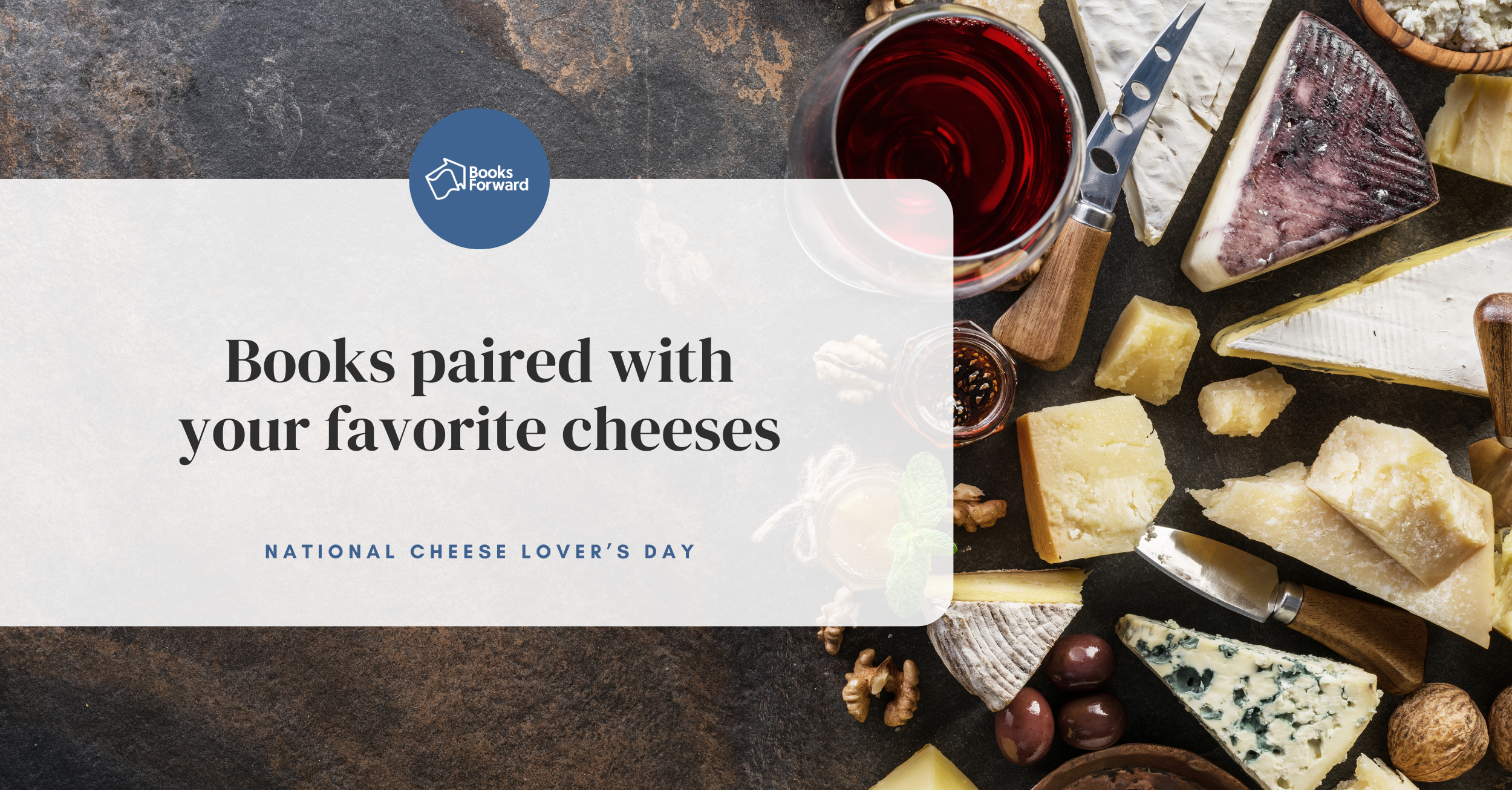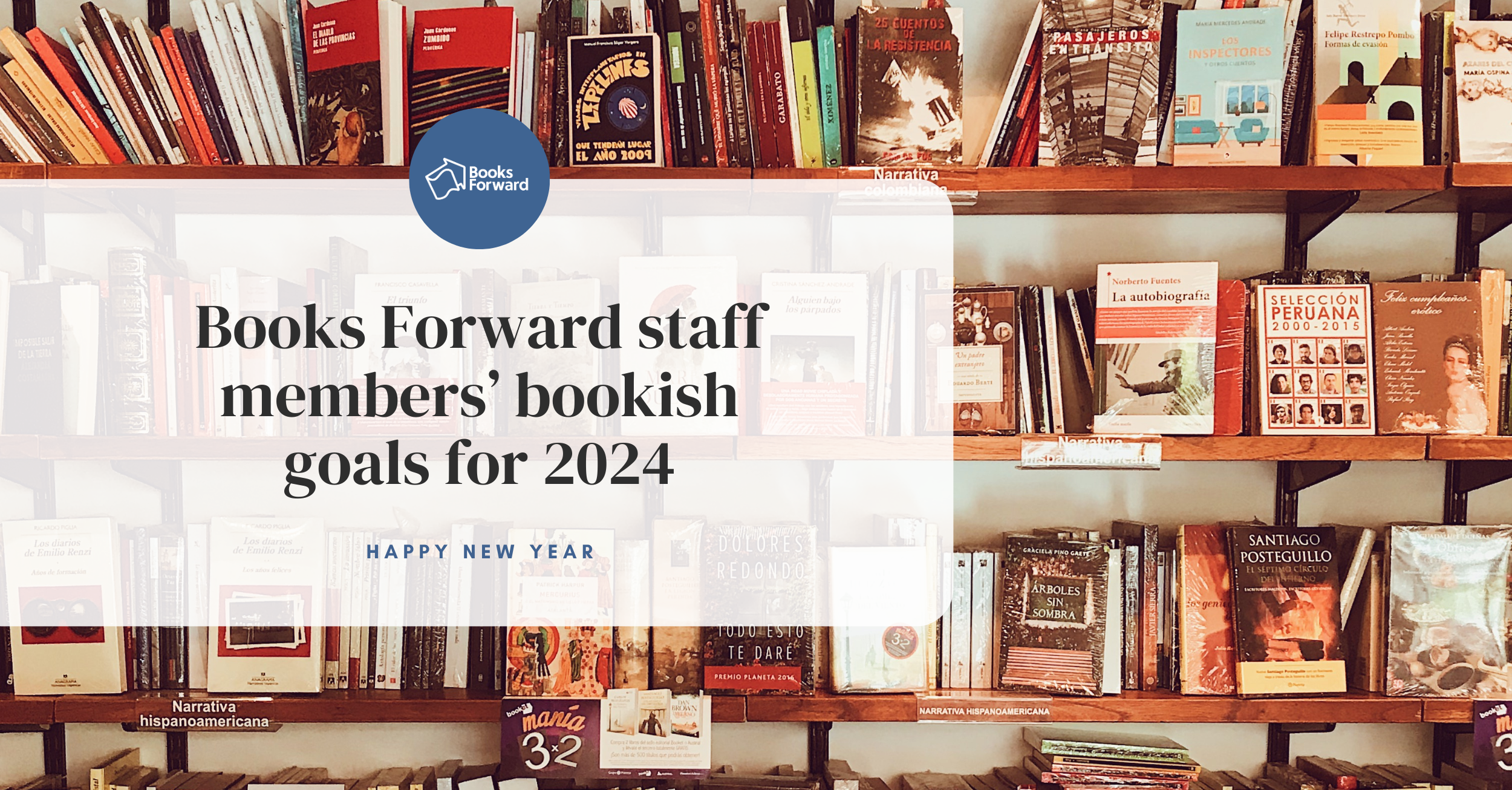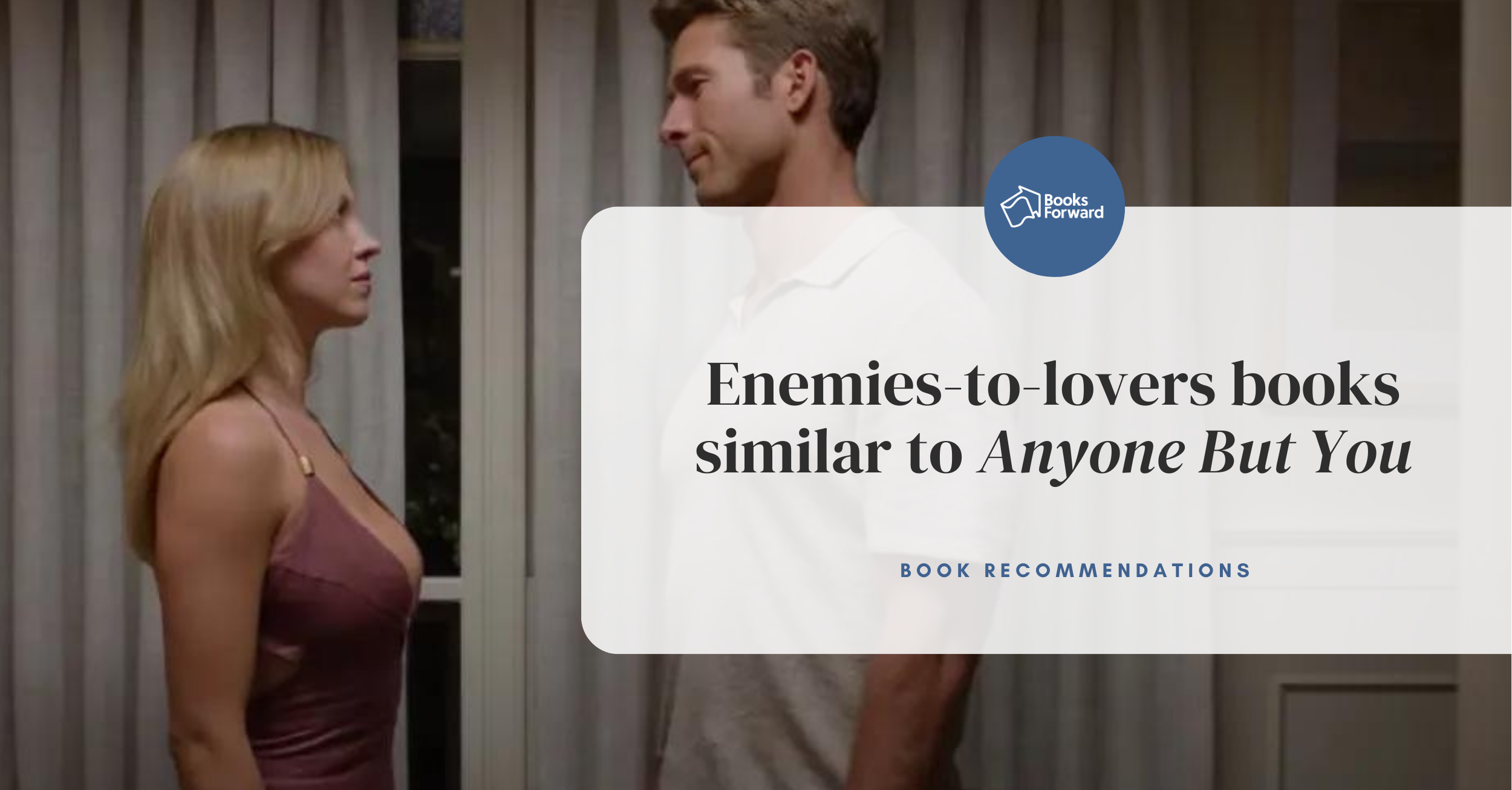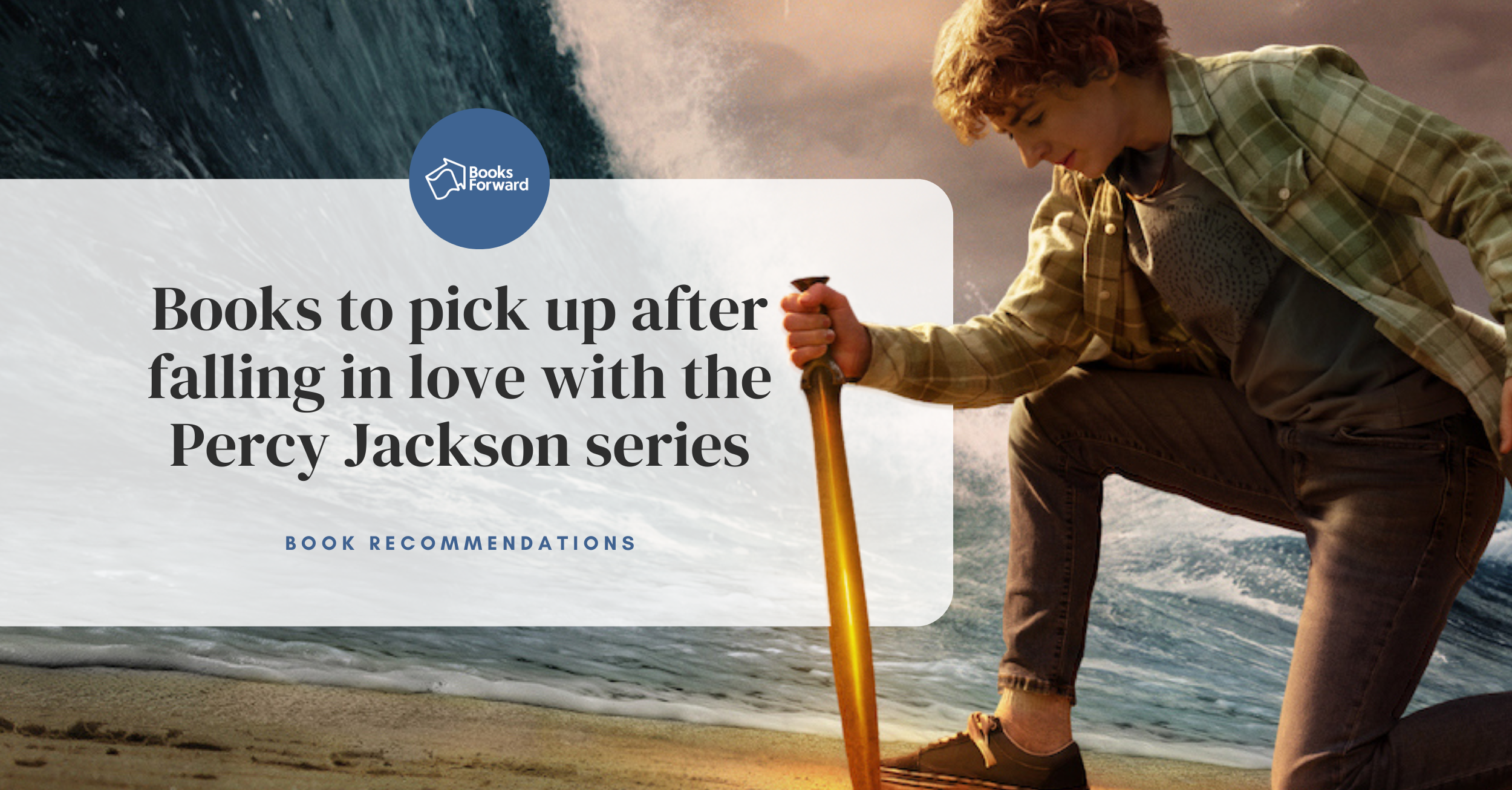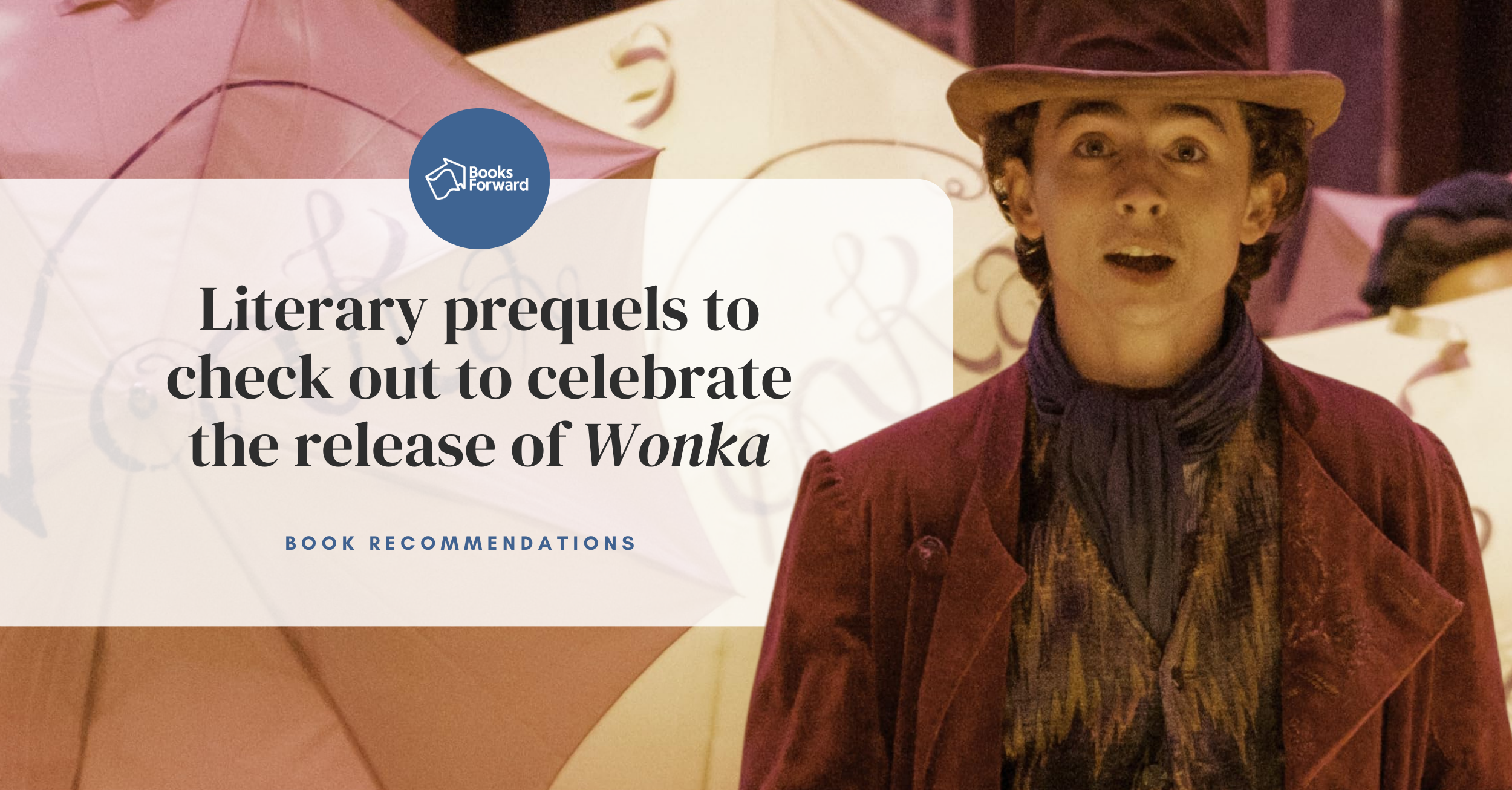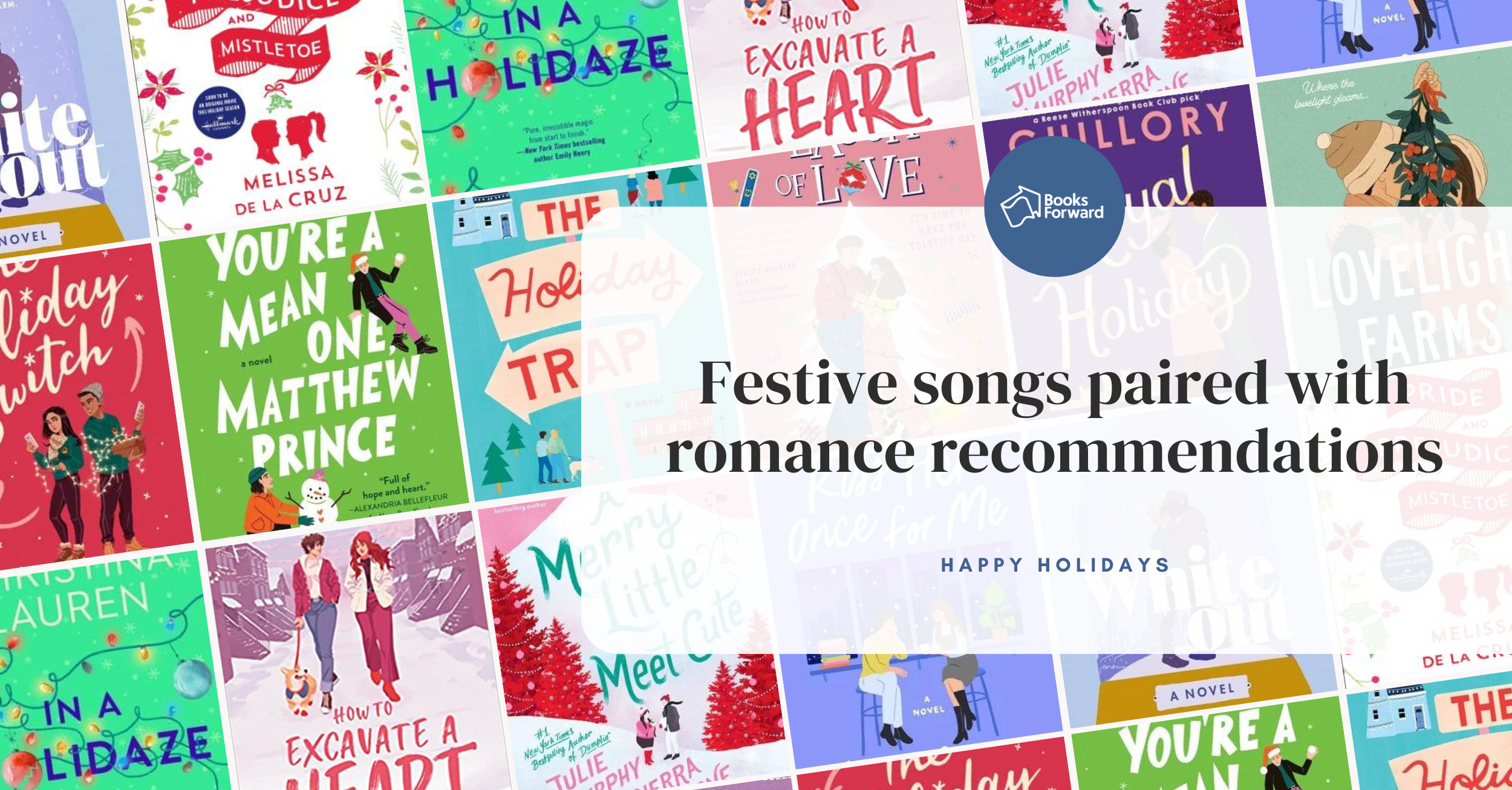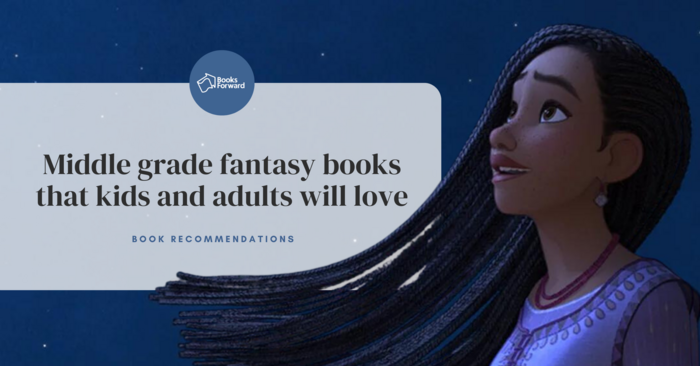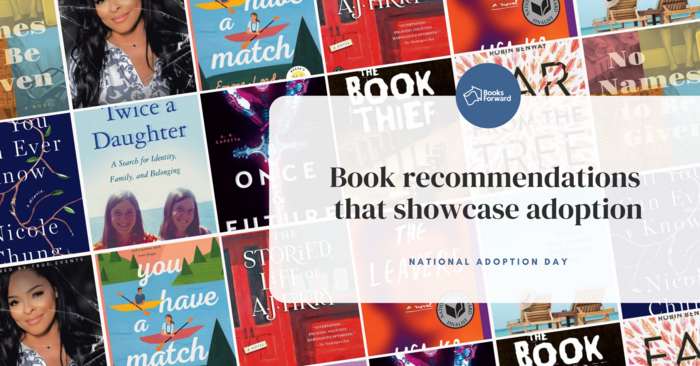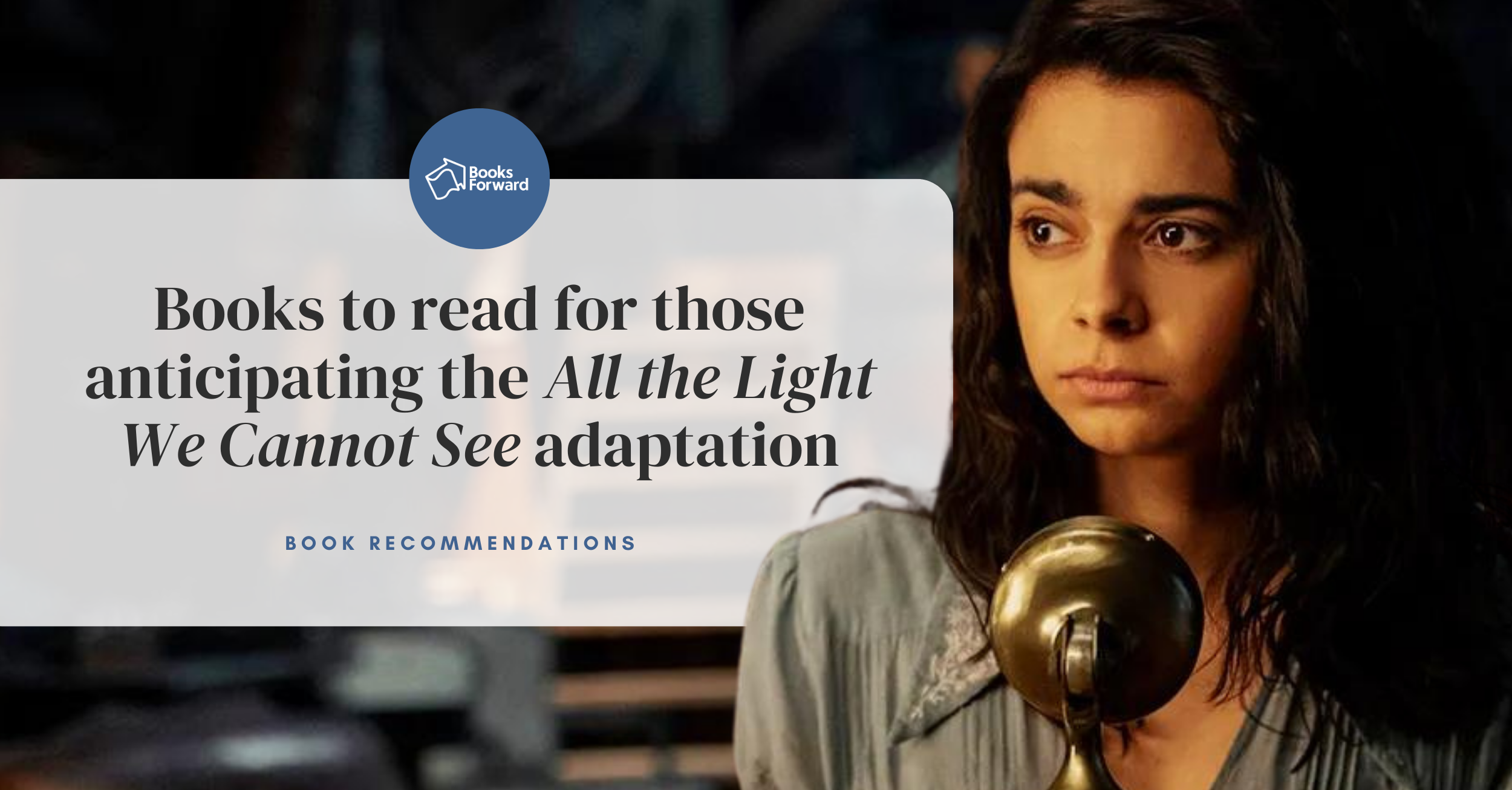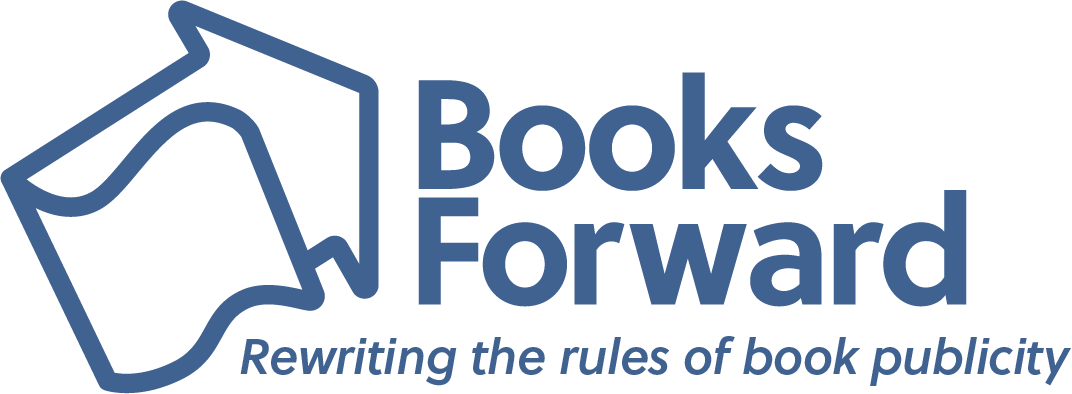National Adoption Day is marked on Nov. 18 to bring awareness to the more than 100,000 children waiting to be adopted from foster care in the U.S. We’ve put together a list of books showcasing adoption. It’s the main plotline in some of them, but just a footnote in others, and they cover many aspects of a sensitive subject.
Nicole Chung was born severely premature, placed for adoption by her Korean parents, and raised by a white family in a sheltered Oregon town. From childhood, she heard the story of her adoption as a comforting, prepackaged myth. She believed that her biological parents had made the ultimate sacrifice in the hope of giving her a better life. She believed that forever feeling slightly out of place was her fate as a transracial adoptee. But as Nicole grew up — facing prejudice her adoptive family couldn’t see, finding her identity as an Asian American and as a writer, becoming ever more curious about where she came from — she wondered if the story she’d been told was the whole truth.
Julie is adopted. She is also a twin. Because their adoption was closed, she and her sister lack both a health history and their adoption papers. This becomes an issue when Julie, at 48-years-old, finds herself facing several serious health issues. The twins talk things over, and make a pact: Julie will approach their adoptive parents for the adoption paperwork and investigate search options. And the sisters will split the costs involved in locating their birth relatives. But their adoptive parents aren’t happy that their daughters want to locate their birth parents ― and that is only the first of many obstacles Julie will come up against.
When Ari crash-lands on Old Earth and pulls a magic sword from its ancient resting place, she is revealed to be the newest reincarnation of King Arthur. Then she meets Merlin, who has aged backward over the centuries into a teenager, and together they must break the curse that keeps Arthur coming back. Their quest? Defeat the cruel, oppressive government and bring peace and equality to all humankind. No pressure.
It is 1939. Nazi Germany. The country is holding its breath. Death has never been busier, and will become busier still. Liesel Meminger is a foster girl living outside Munich. She scratches out a meager existence for herself by stealing when she encounters something she can’t resist: books. With the help of her accordion-playing foster father, she learns to read. And she shares her stolen books with her neighbors during bombing raids as well as with the Jewish man hidden in her basement.
Being the middle child has its ups and downs. But for Grace, an only child who was adopted at birth, discovering that she is a middle child is a different ride altogether. After putting her own baby up for adoption, she goes looking for her biological family. This includes Maya — her loudmouthed younger biological sister, who has a lot to say about their newfound family ties. And Joaquin, their stoic older bio brother, who has no interest in bonding over their shared biological mother.
1965: Sandy runs away from home to escape her mother’s abusive boyfriend. Becca falls in love with the wrong man. And Faith suffers a devastating attack. With no support and no other options, these three young, unwed women meet at a maternity home hospital in New Orleans. There, they are expected to relinquish their babies and return home as if nothing transpired. But such a life-altering event can never be forgotten, and no secret remains buried forever. Twenty-five years later, the women are reunited by a blackmailer, who threatens to expose their secrets and destroy the lives they’ve built.
Choosing to foster and adopt proves to not be an easy feat. Parents are in constant competition with societal influences and sometimes feel it’s an uphill battle. These same parents are often told they will be supported in the rearing of their children and that adequate resources would be made available. But what happens when you discover the system that promised to help you, would betray you? What happens when you decide to enter into another realm of difficulty — fostering and adopting children who come with mental and physical baggage?
When Abby signs up for a DNA service, it’s mainly to give her friend and secret love interest, Leo, a nudge. After all, she knows who she is already: Avid photographer. Injury-prone tree climber. Best friend to Leo and Connie. But when the DNA service reveals Abby has a secret sister, shimmery-haired Instagram star Savannah Tully, it’s hard to believe they’re from the same planet, never mind the same parents — especially considering Savannah, queen of green smoothies, is only a year and a half older than Abby herself. The logical course of action? Meet up at summer camp (obviously) and figure out why Abby’s parents gave Savvy up for adoption.
J. Fikry’s life is not at all what he expected it to be. He lives alone. His bookstore is experiencing the worst sales in its history. And now his prized possession, a rare collection of Poe poems, has been stolen. But when a mysterious package appears at the bookstore, its unexpected arrival gives Fikry the chance to make his life over — and see everything anew.
One morning, Deming Guo’s mother, Polly, an undocumented Chinese immigrant, goes to her job at a nail salon — and never comes home. No one can find any trace of her.
With his mother gone, 11-year-old Deming is left mystified and bereft. Eventually adopted by a pair of well-meaning white professors, Deming is moved from the Bronx to a small town upstate and renamed Daniel Wilkinson. But far from all he’s ever known, Daniel struggles to reconcile his adoptive parents’ desire that he assimilate with his memories of his mother and the community he left behind.
Relinquished at birth to Catholic Charities in 1959, Kathe Linn Caire adores her adoptive family. She has never considered searching for her birth parents. At age 52, though, a sudden pull to learn more about her medical history sends her on an unexpected journey. Kathe isn’t interested in learning her birth parents’ identities, just the details of their health. But what begins as a simple investigation takes a startling swerve when the social worker who sends the records fails to redact a crucial bit of information. Suddenly, Kathe has more information than she bargained for.
Ellen Whitfield is senior publicist at Books Forward, an author publicity and book marketing firm committed to promoting voices from a diverse variety of communities. From book reviews and author events, to social media and digital marketing, we help authors find success and connect with readers.
Interested in what’s possible for your book sales and building readership? Check out our services, tell us your goals, and get a customized publicity campaign tailored just for you.

